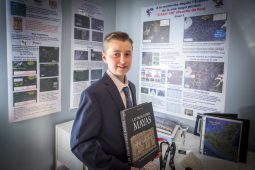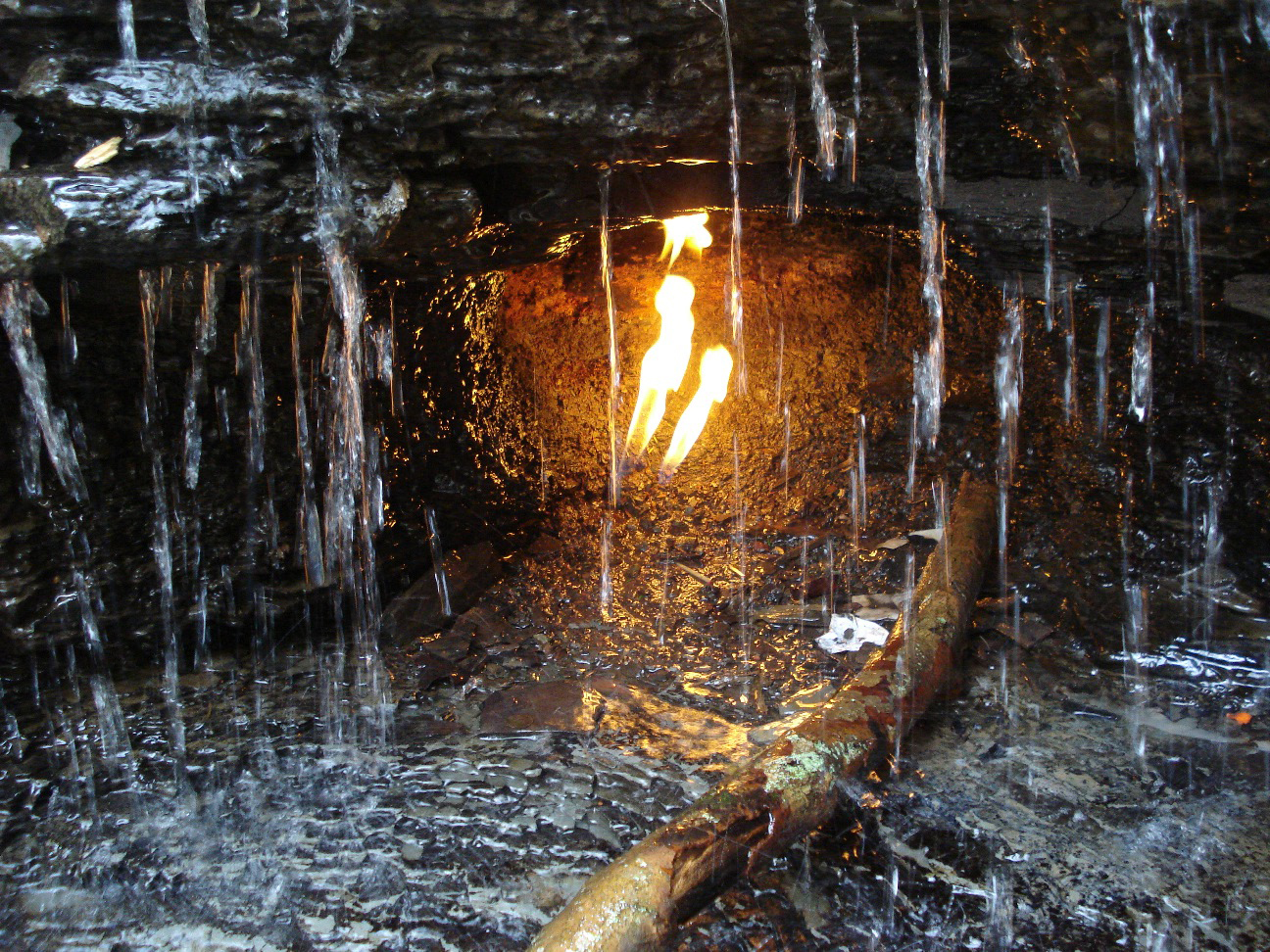Teen discovers lost Mayan city using star map
William Gadoury, a 15 year old Mayan enthusiast from Quebec, recently located a lost Mayan city deep in the jungles of Belize utilizing an ingenious technique. By overlaying a star map of important Mayan constellations overtop a map of important Mayan cities, he found the two maps lined up. Mayan cities appear to have been situated according to a master plan and that master plan was based on important constellations.
 Gadoury then noticed a city seemed to be missing. One star in his star map did not correspond with any known Mayan city at that location. He theorized there must be a city there and began searching for it via Google Earth and soon found it. Not only did he find a previously unknown Mayan city but he also verified that his hypothesis was correct- Mayan city planners did locate their cities based on important constellations.
Gadoury then noticed a city seemed to be missing. One star in his star map did not correspond with any known Mayan city at that location. He theorized there must be a city there and began searching for it via Google Earth and soon found it. Not only did he find a previously unknown Mayan city but he also verified that his hypothesis was correct- Mayan city planners did locate their cities based on important constellations.
Gadoury first became interested in the Maya after the media hype surrounding the end of the Mayan calendar on December 21, 2012. After studying various Mayan sites and looking at their locations on a map he became perplexed. “I did not understand why the Maya built their cities away from rivers, on marginal lands and in the mountains,” Gadoury told French-Canadian magazine, Journal de Montréal. “They had to have another reason, and as they worshiped the stars, the idea came to me….”
He purchased a copy of the ancient Mayan manuscript, the Maya Codex Madrid, which included 22 Mayan constellations. By making transparencies of these constellations and then overlaying them atop a Google Earth map of the Yucatan peninsula in Mexico, Gadoury was surprised to see they corresponded perfectly with Mayan cities in the Yucatan. “I was really surprised and excited when I realised that the most brilliant stars of the constellations matched the largest Maya cities,” Gadoury noted.
So far Gadoury has found that 117 of the 142 stars correspond with actual Mayan cities. But it was the discovery of a 23rd constellation that led to Gadoury’s discovery of the lost ancient Mayan city. When he noticed one of the three stars in the constellation didn’t correspond with a known Mayan city, he contacted the Canadian Space Agency who then provided him satellite maps from NASA and JAXA Japanese Agency. But it was a satellite image taken in 2005 when a great fire had devastated the region that enabled Gadoury to make out the visible remnants of this lost Mayan city.
Gadoury has named his lost city K’AAK ‘CHI which translates as “Fire Mouth.” Based on the size of the site from enhanced satellite images it is believed to be the fourth largest Mayan city ever discovered.
The discovery has several implications. It suggests a level of central control over city planning and site selection heretofore unknown or even suspected. It also shows that the Maya had mapping and land surveying techniques far greater than anything ever attributed to them if they could make 117 cities match constellations.
Gadoury’s discovery will soon be published in a scientific journal. His ultimate hope is for the lost Mayan city to be physically rediscovered and excavated.



